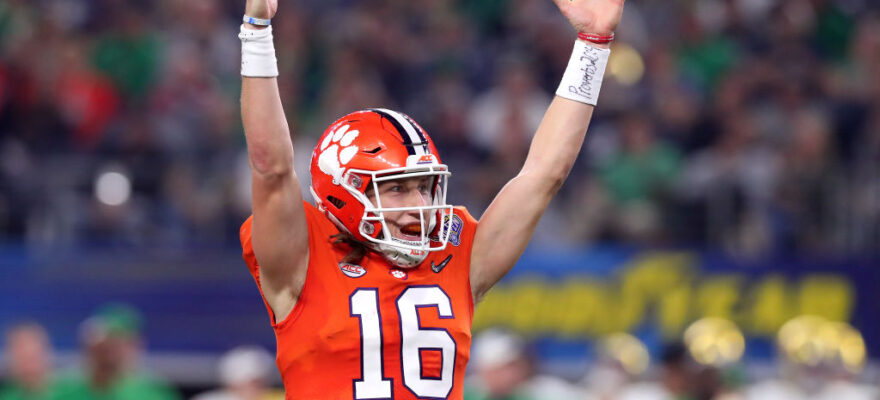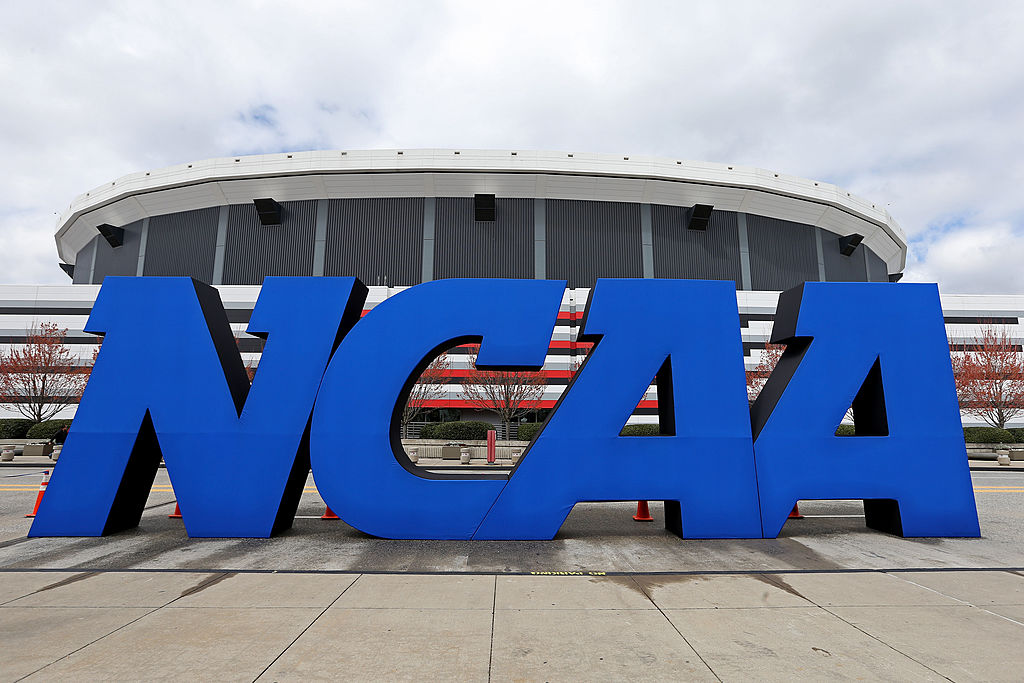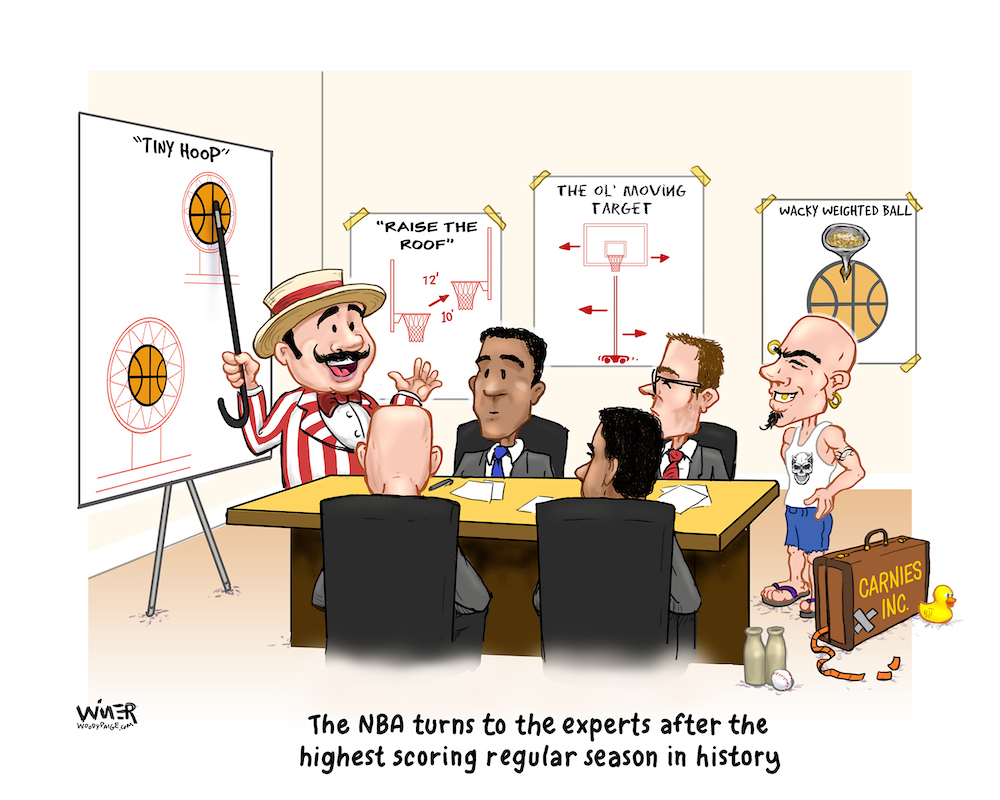The chances of having a 2020 College Football season appear to be slim and none — and slim just jumped on a flight to Wuhan.
With Coronavirus cases spiking in college football hotbed states like Florida and California, and with students on the west coast not even being allowed back into the classrooms for the fall semester, it’s hard to imagine how playing games on college campuses in 2020 could work. No one wants to hear it, but someone needs to end the waiting and step up and pull the plug…soon.
Realistically, it’s going to take some sort of available remedy for COVID-19 being mass distributed before everyone feels safe to gather together and play. And that’s probably not happening for at least a few more months. Most Americans are counting on the medical community providing us some relief from this pandemic by the end of 2020.
That being the general consensus (with fingers crossed) there are already plans being made for a return to action in 2021 across all sports. Those include a plan supported by many that would move the entire college football season to the spring.
This idea obviously brings with it a whole lot of other issues, both logistical and practical. Overlapping seasons is unavoidable…and okay to a small extent. It already happens in November with football and basketball, and in February and March with hoops and baseball. But not full seasons on top of one another. That would be a major headache for everyone, including fans.
The bigger issue with football is player safety. It’s inconceivable that college players would be asked to play two full football seasons in one calendar year – which has been advocated by many, including Oklahoma’s Lincoln Riley. Former Florida and Ohio State coach Urban Meyer was having none of that during a recent TV interview.
“When you play 2,000 competitive reps, your body is not ready for contact (again) in three months or two months. It’s not,” Meyer said on Fox Sports TV’s Big Noon Kickoff show. “I would not put those players in harm’s way. You talk about student-athlete welfare…no chance. You’re not doing that.”
He’s 100% correct of course. Trying to play two full seasons in one calendar year is ridiculous, especially in an era when player safety and well-being is supposed to be front and center. However, that doesn’t mean something along those lines can’t work if it were scaled back and player safety was emphasized.
What about playing two half seasons? Desperate times call for creative measures. One way the NCAA could get creative would be to combine the 2020 and 2021 seasons and break it into segments. It could work like this:
After postponing play for the fall of 2020, the NCAA (and it would be great if the organization could come up with a point person for all this) could agree to have teams begin practice in mid-February. That would set things up to begin a short non-conference season in mid-March. Every team would be allowed to play five non-conference games in the spring, in place of what would typically be spring football practice season. In addition to the obvious – giving teams all the games (with fans and broadcasts) they need to pay the bills – this would also give many non-Power Five programs, which often depend on the revenue they make from playing sacrificial lamb for the power programs, those badly needed paydays that keep their athletic departments collective heads above water.
Teams could play non-conference games on five Saturday’s through the end of April (with a mandatory off day for everyone on the Saturday of the Final Four.) These games would all count for teams’ overall records and bowl eligibility, and be full revenue-producers, same as in the fall: Fans in attendance, games broadcast, the whole 10 yards. A team like USC may have it a little rougher in the spring, having to play Notre Dame and Alabama in the six-week span, but hey, that’s the breaks. And the SEC mid-November cupcake Saturday would be moved to April, taking away one of the scheduling advantages that league has typically had during the final month of the season.
This one-time version of spring football would end about the time it typically does, leaving players and coaches a normal off season in the summer for recovery and conditioning work. Yes, some players would be leaving for the pros via the NFL draft in late April, which is just something that has to be accounted for and accepted considering the unique circumstances. Would it hurt a team like Alabama? Perhaps. Call it a sacrifice they’d need to make for the greater good. On the flip side, it would be good news for new recruits, who may have a chance to get on the field a little sooner in the fall.
After a summer of conditioning, players would get some extra time off and start back at practice at the beginning of September. The conference-only portion of the unique schedule would begin in late September. Each team would play eight conference games, with the season ending the last week of November as usual. That would be followed by conference title games and bowl season. When it comes time to select the teams for the College Football Playoff, the spring non-conference games would be counted and factored in, giving the Class of 2020 some input and impact on who ultimately becomes the next National Champion.
Is this plan perfect? Of course not. No alternate plan could be, and some teams would be put in tougher situations than others. But with playing in the fall of 2020 doubtful and unsafe, and playing two full seasons in 2021 absolutely not safe, is there a more fair and safer way to try to accommodate all the players needs, the school’s financial needs, and the fans’ desire to watch college football?
In this case, two halves may be the only way to make everyone whole.
Listen to Mark Knudson on Monday’s at 12:30 with Brady Hull on AM 1310 KFKA and on Saturday mornings on “Klahr and Kompany” on AM 1600 ESPN Denver.
More from The Woody Paige Sports Network:
- Betting odds to win the 2020 World Series
- Woody Paige: Thanks to MLB owners, there will be crying in baseball
- Underdogs once again: Boise State Baseball players pledge to save program
- Bet here is that closed locker rooms, scaled-back access will stick in NBA, NHL
- MLB free agent Kelby Tomlinson goes old school during pandemic




















